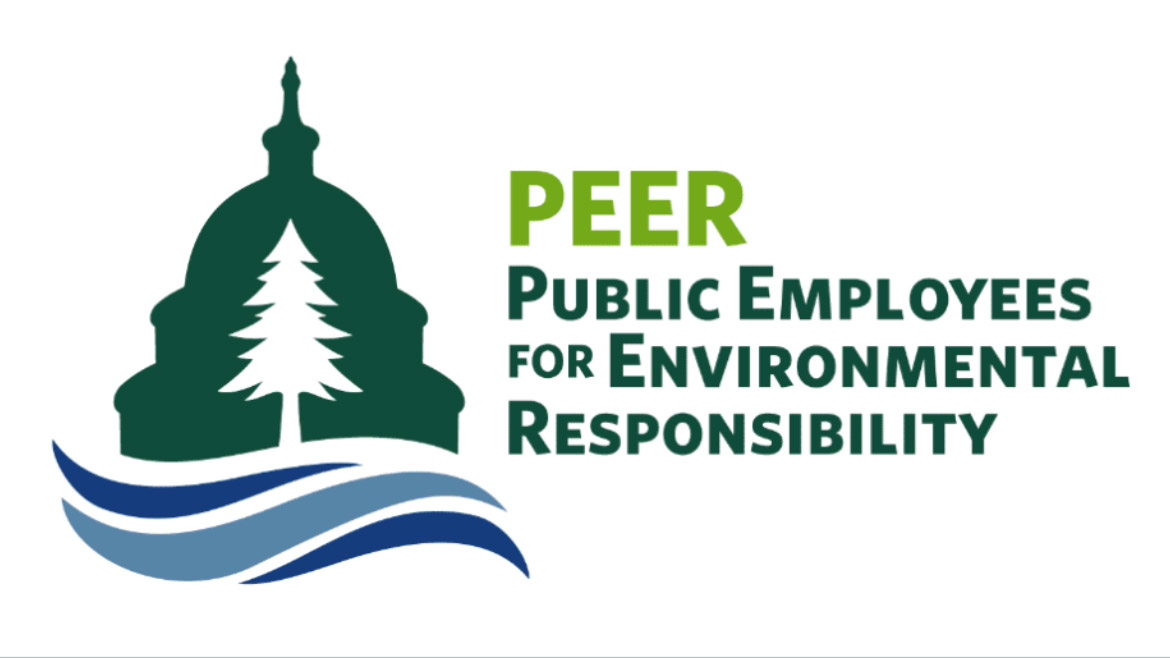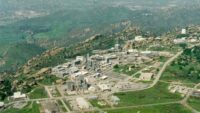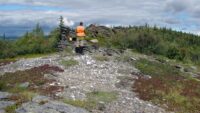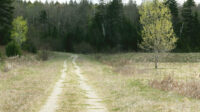PEER: Santa Susana slated to remain major ecological hazard
Public Employees for Environmental Responsibility (PEER) say Santa Susana toxins will remain post-cleanup

The amounts of chemical and radiological contamination left behind after the state-supervised superficial cleanup of one of the most toxic areas of Santa Susana Field Laboratory will continue to significantly increase premature mortality and decrease the reproductive success of any wildlife on site, according to newly released records reviewed by the Committee to Bridge the Gap (CBG) and Public Employees for Environmental Responsibility (PEER). At the same time, the Boeing Co., a principal owner of the Santa Susana site, is touting its contributions toward building a bridge across Highway 101 to enable more wildlife to reach the toxic hotspot.
Located in Ventura County, thirty miles from downtown L.A., the Santa Susana Field Lab is one of the most toxic places in the country, following decades of rocketry and weapons research. Under a widely criticized deal negotiated behind closed doors last year between Boeing and the Newson administration, the great majority of Santa Susana’s contaminated soil would not be cleaned up, posing a hazard to wildlife onsite and the health of the public offsite for years to come.
The new revelations are contained within a recently released plan for cleanup operations at the "Burn Pit," one of the most contaminated areas on the site where, for decades, hundreds of barrels of toxic chemicals and radioactive wastes were burned in open-air pits, ignited by shooting at them. The California Department of Toxic Substances Control (DTSC) announced an emergency action due to “imminent and substantial endangerment” posed by the contamination.
Despite this toxic emergency, DTSC has revealed that the cleanup would not be to meet human health standards but only to protect wildlife. However, the “ecological risk-based screening level" for remediation of the Burn Pit would be so high that remaining contamination would, by their own admission, result in "observable adverse effects" to wildlife, causing severe lethal and sublethal effects. Furthermore:
- For five toxic chemicals, DTSC will have a cleanup standard of ten times this “observable adverse effects” level;
- Of 86 toxic chemicals and radionuclides Boeing admits are present in the Burn Pit, only 15 are designated for possible cleanup, meaning that more than 80% of the hazardous constituents are exempted from any cleanup at all; and
- There is no remedial goal for numerous other critical radionuclides, such as strontium-90 and cesium-137, also present on the site.
“At Santa Susana, Governor Newsom and Boeing have cooked up one of the least protective toxic cleanups in American history,” stated Pacific PEER Director Jeff Ruch, whose organization is leading a lawsuit to invalidate the Newsom/Boeing deal for never having been subjected to review required by the California Environmental Quality Act. “The idea that Boeing is building a Bridge to Oblivion for wildlife sounds like something from an episode of The Simpsons.”
“As it stands, DTSC’s plan for the cleanup of the SSFL Area 1 Burn Pit will leave behind harmful contaminants in concentrations that will continue to cause sublethal impacts, chronic contamination of all components of the local food web, and reproductive failure of exposed wildlife,” opined Tevin Schmitt, Watershed Scientist for the Wishtoyo Chumash Foundation. “This will do nothing to protect local wildlife but will result in the continued pollution of surrounding communities.”
While DTSC held a public meeting about the Burn Pit cleanup on November 9, it would not respond substantively to public comments or explain the details in its cleanup plan.
“DTSC’s public statements that ‘nothing is gonna be left behind’ after the cleanup is patently false,” added CBG Executive Director Daniel Hirsch. "The vast majority of the contaminated soil at Santa Susana will be left un-remediated at the end of final cleanup. This is nothing short of an ecological abomination.”
Read the CBG “burn pit” remediation comments
View Boeing's donation for wildlife bridge to Santa Susana
Revisit the Boeing/Newsom sweetheart cleanup deal for Santa Susana



